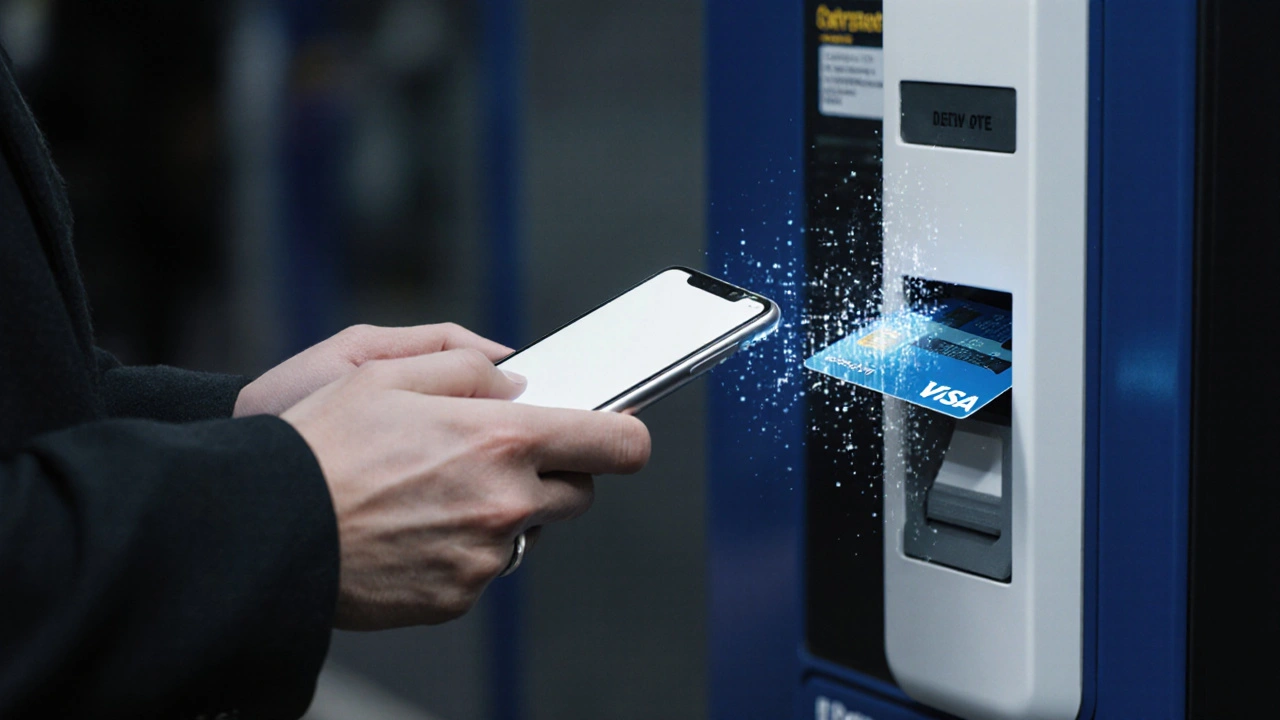Oyster card vs contactless: Which saves you money on London transport?
When you’re navigating London’s Tube, buses, or trains, you’re faced with two main ways to pay: an Oyster card, a reusable smartcard issued by Transport for London that stores credit or travel tickets. Also known as TfL smartcard, it’s been the standard for years. Or you can just tap your contactless payment, a debit or credit card, or phone wallet like Apple Pay or Google Pay, that works directly on TfL readers without needing a separate card. Also known as pay-as-you-go card, it’s become the default for most visitors and locals alike. The big question isn’t which is cooler—it’s which one actually saves you money and makes your life easier.
Here’s the truth: both Oyster and contactless use the same fare system. They both cap daily and weekly spending, so you never pay more than the price of a day or weekly Travelcard, no matter how many trips you take. That means if you’re in London for a week and hop on the Tube every day, you’ll hit the weekly cap whether you use a card or your phone. But there are small differences. Oyster cards let you load 7-day Travelcards directly, which can be useful if you’re staying long-term and want to lock in a fixed price. Contactless doesn’t allow that—you’re stuck with pay-as-you-go only. Also, if you’re under 18, over 60, or have a disability, Oyster offers discounted rates you can’t get with contactless. And if you’re a tourist without a UK bank card, Oyster is your only option for pay-as-you-go.
What about refunds? If you overpay or your Oyster card gets charged twice, you can claim a refund through TfL’s website. Contactless refunds are automatic—if you get charged twice in a day, the system sorts it out and refunds the extra within a few days. No paperwork needed. But if you lose your contactless card, you’re out the balance. With Oyster, you can register it online and get your money back if it’s stolen or lost. That’s a big deal if you’ve loaded £50 onto it.
And here’s something most people don’t realize: contactless doesn’t work on all transport. Some National Rail services outside London, or certain airport shuttles, still only accept Oyster. If you’re heading to Gatwick or Stansted by train, check first. Oyster works on most, but not all. Also, if you’re using a foreign card, contactless might add currency conversion fees. Your bank might charge you 2-3% extra per tap. That adds up fast if you’re taking 10 trips a day.
So who wins? If you’re a tourist with a UK-issued card and staying less than a week, contactless is simpler. Tap and go, no need to buy or top up anything. If you’re here longer, have a non-UK card, or want to lock in weekly savings, Oyster gives you more control. And if you’re under 18, over 60, or have a disability, Oyster is the only way to get discounts.
Below, you’ll find real guides from people who’ve used both—how they saved money, where they got tripped up, and which option they stick with now. No theory. Just what actually works on the ground in London.
